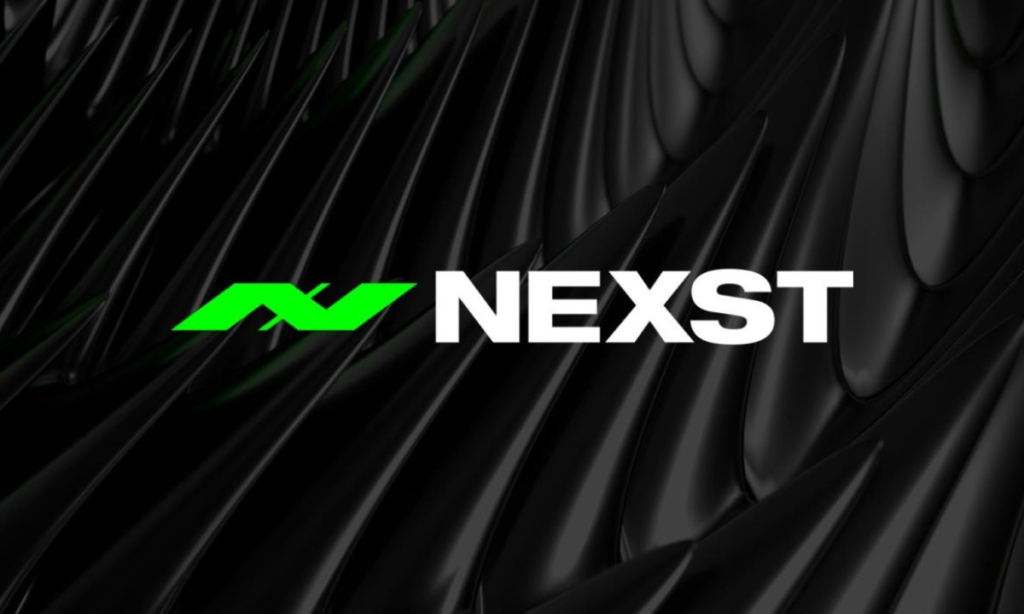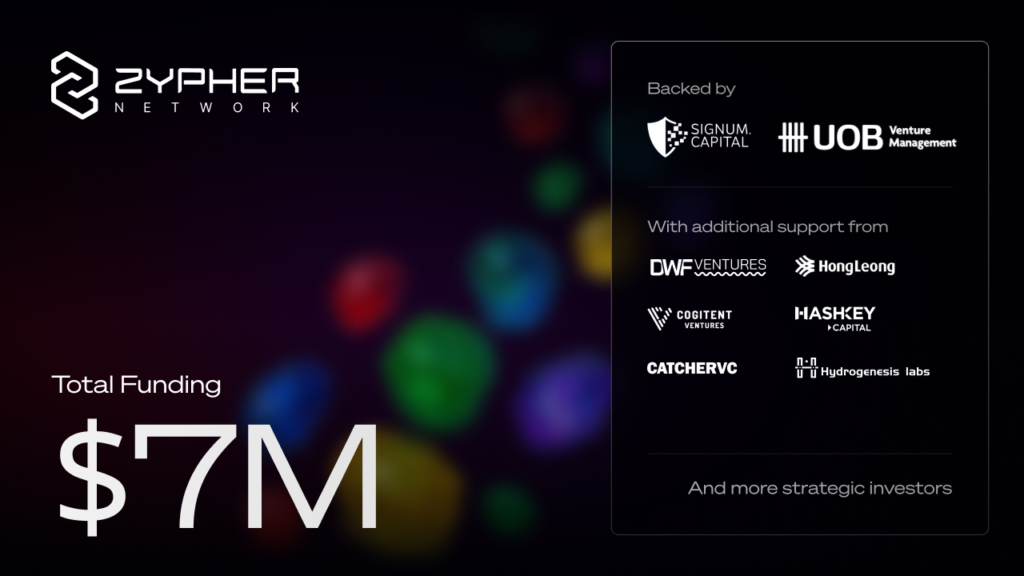Blockchain technology is a revolutionary invention that is transforming various industries across the world. It is a distributed ledger technology that allows data to be stored in a decentralized manner, making it more secure, transparent, and immutable.
Blockchain is used in various applications, including finance, supply chain management, healthcare, and voting systems. There are two types of blockchains: permissioned and permissionless. In this blog, we will discuss the differences between permissioned and permissionless blockchains.
Permissioned Blockchain
A permissioned blockchain is a private blockchain where only authorized users can access and validate transactions. It is also known as a private blockchain. Permissioned blockchains are used by enterprises and organizations that require a higher degree of control over their blockchain networks.
They are suitable for organizations that require more privacy, confidentiality, and security than permissionless blockchains can offer. In a permissioned blockchain, access to the network is restricted, and only authorized participants can access the network. This is done to ensure that the network is secure and that only authorized users can perform transactions on the blockchain.
One of the main advantages of permissioned blockchains is that they offer faster transaction processing speeds than permissionless blockchains. This is because permissioned blockchains have fewer nodes in the network, and the nodes are managed by trusted parties. This means that transactions are processed faster because there are fewer nodes that need to validate the transactions.
Permissionless Blockchain
A permissionless blockchain is a public blockchain where anyone can participate in the network and validate transactions. It is also known as a public blockchain.
Permissionless blockchains are used by cryptocurrencies such as Bitcoin and Ethereum. In a permissionless blockchain, there are no restrictions on who can participate in the network, and anyone can access the blockchain and validate transactions.
One of the main advantages of permissionless blockchains is that they are more decentralized than permissioned blockchains. This means that no single entity controls the network, making it more transparent and resistant to censorship.
Additionally, permissionless blockchains offer more privacy because anyone can join the network and make transactions without revealing their identity.



